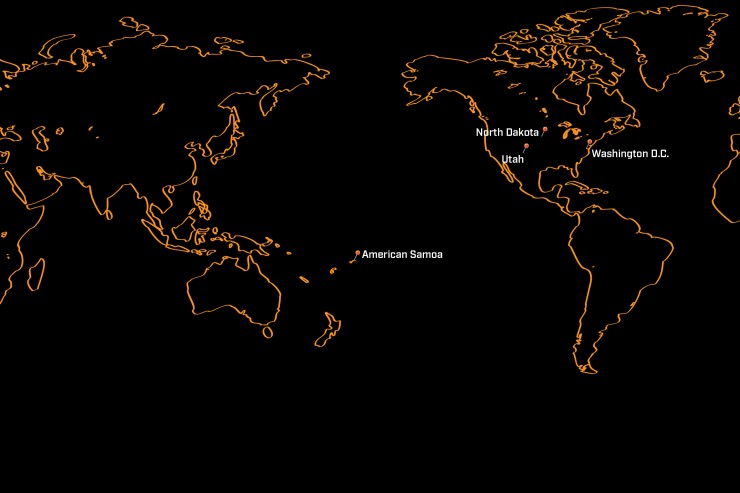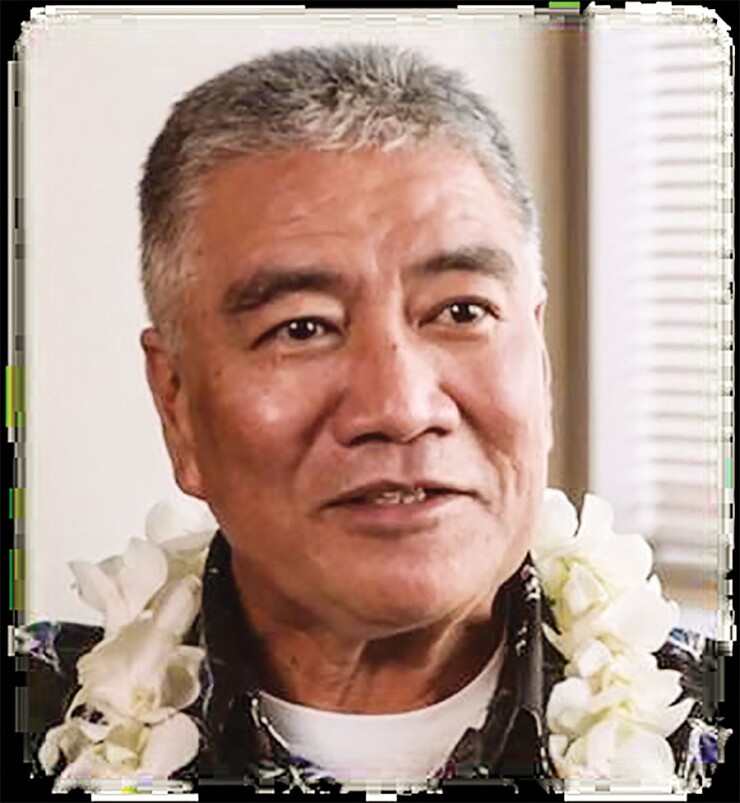Want unlimited access to top ideas and insights?
WASHINGTON — American Samoa is finally getting its own full-service bank — and successfully creating only the second public bank in the United States.
The Federal Reserve is allowing the Territorial Bank of American Samoa access to the U.S. payments system
The decision is a boon to the remote U.S. territory in the South Pacific, where more than half of the households are at, near or below the federal poverty level. Officials across the seven islands that comprise American Samoa have been scrambling for a way to maintain local banking services since the Bank of Hawaii announced in 2012 it was leaving the territory.
“It’s a huge deal for the people of American Samoa,” Phil Ware, president of the Territorial Bank, said in an interview.

It is also a significant development for those far away from American Samoa. The chartering of a new public bank may provide momentum for similar
“It does set a precedent,” said Ellen Brown, founder and president of the Public Banking Institute, which is backing the New Jersey effort. “It definitely will add impetus.”
Though the Territorial Bank, which is backed by the government in American Samoa, technically opened its doors in October 2016, it has been able to offer only a narrow menu of services until now. It lacked access to the U.S. payments system, which is necessary to offer banking basics such as debit cards and checks to customers.
Organizers applied in July 2016 to the American Bankers Association for a transit routing number, which would make the bank part of the payment system. But to get that approval, the Federal Reserve had to sign off that the bank was eligible for central bank services.
That finally happened in early April, when the Federal Reserve Bank of San Francisco authorized the opening of the account. The Territorial Bank subsequently opened a correspondent banking relationship with a U.S. bank.
“This is the first time we’ve had access to the payments system of the United States,” Ware said. “We’ve been able to open checking accounts, but couldn’t give checks. We couldn’t do wire transfers or debit cards. We haven’t had a supply of cash, and American Samoa is basically a cash-based economy.”
“There hasn’t been a commercial loan made on the island in five years or more."
With the Fed approval, that all changes, he said.
“Now we can give customers other payment options to get them out of the cash-based economy and into 21st-century payment methods,” Ware said.
Robert Ho Chee, the head of American Samoa’s new Office of Financial Institution, the bank’s regulator, said the fate of the Territorial Bank has been of keen interest to islanders, many of whom believe their economic future depends on its success.
“Every day I get asked, Is the routing number done?" he said. “I had to explain to them … it’s a process.”
The bank is the result of years of effort. Since Bank of Hawaii made its announcement six years ago, island leaders and investors have made several attempts to start their own bank. They finally landed on a rarely used solution: Create a public bank that doesn’t require deposit insurance and hence does not need approval by the Federal Deposit Insurance Corp.

The Fono, the territory’s legislature, passed a law creating the bank but structured it as a bank holding company, subject to supervision by the Fed and the territory’s regulator. But the Fed raised concerns about the bank’s structure, urging the territory to drop the bank holding company status, according to multiple sources.
The Fono did so late last year, changing the structure and awaiting word from the Fed on the status of its account.
The final approval came in part after the intervention of Randal Quarles, the vice chairman of banking supervision at the Fed, who took up the issue after meeting in Utah with American Samoa’s governor, Ware and bank industry representatives.
“It took the new vice chair coming in,” said Ho Chee.
Both the San Francisco Fed and a spokesman for Quarles declined to comment for this article. But sources suggested that the Fed was at least partly concerned about what kind of precedent it would set in approving a public bank.
Ho Chee said the approval is auspicious, as many islanders are receiving funds after the destruction wrought by
“Right now, there’s an influx of a lot of funds coming in because of the hit by Cyclone Gita,” said Ho Chee. “All the federal funds, public assistance, all that cash is coming over here and … this is a perfect time to launch TBAS. People will need to open accounts.”
Ware said an additional focus will be on providing business loans to the territory.
“There hasn’t been a commercial loan made on the island in five years or more,” he said. “So one of the first things we want to start doing is extend credit to the small-business community. That is a necessary part of the economy.”
Public-bank supporters, meanwhile, see the Fed approval as a sign that there won’t be regulatory hurdles to the creation of additional public banks in the U.S.
The idea has caught fire of late in part because officials in
“It is significant that a new public bank has been opened within the U.S. territory and can function within the payments” system, said Thomas Marois, senior lecturer of development studies at the University of London, who has studied public banks. “It demonstrates that there is no … legal barrier.”





